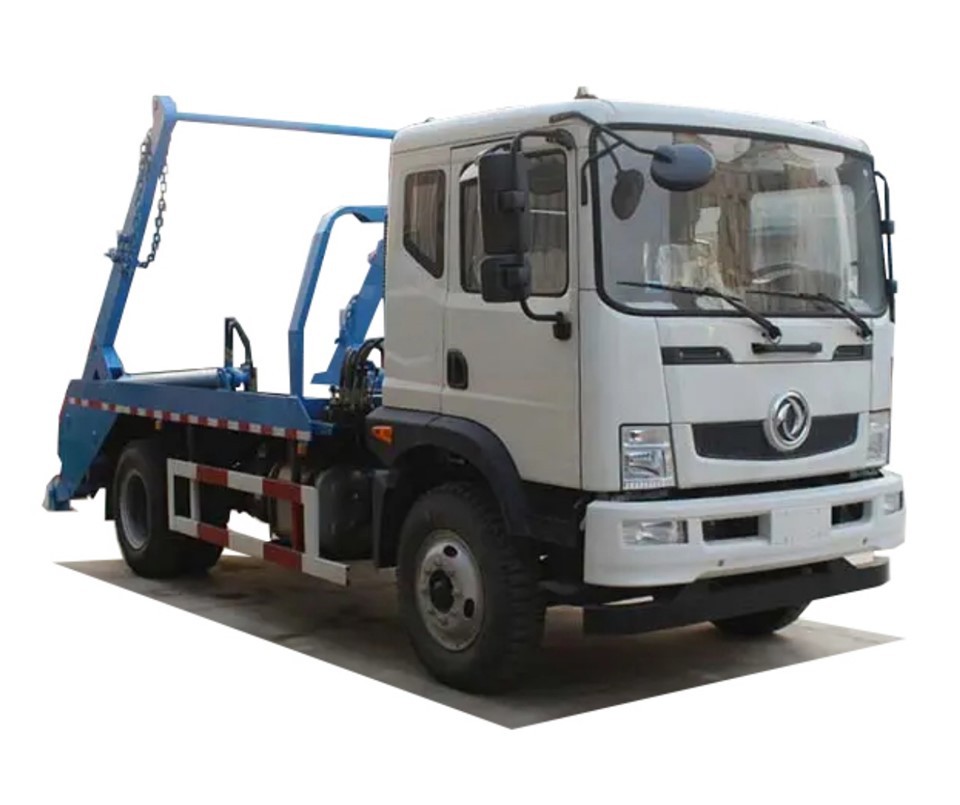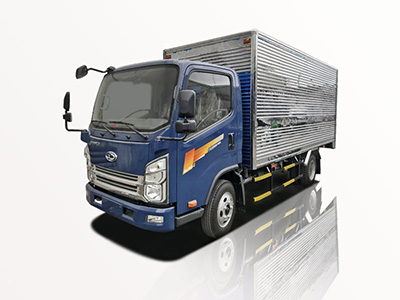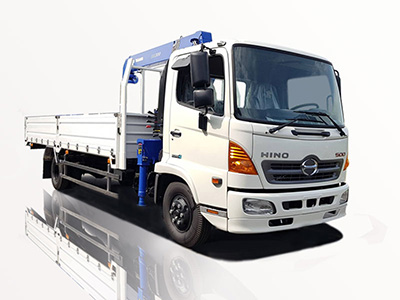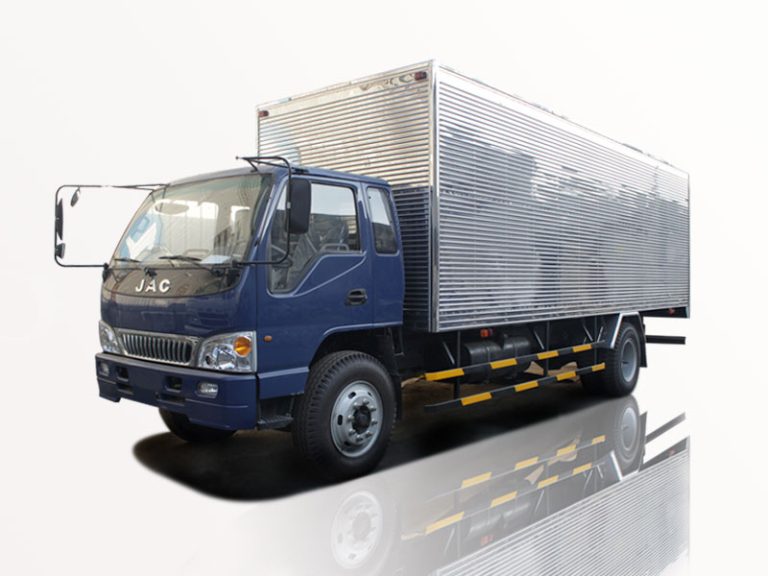Rear loader refuse trucks play a vital role in waste management, transporting refuse from various locations to disposal sites efficiently. This article delves into the key features, benefits, maintenance, and the future of these crucial vehicles. Whether you are a city planner, waste management professional, or simply curious about waste collection, this guide aims to give you an in-depth understanding of rear loader refuse trucks.
What are Rear Loader Refuse Trucks?
Rear loader refuse trucks are specialized vehicles designed for waste collection. They are equipped with an automatic lift system that allows workers to load waste into the truck from the rear. The design and functionality of rear loaders make them ideal for urban environments and residential areas.
Key Features of Rear Loader Refuse Trucks
- Rear Loading Mechanism: The waste is collected using a hydraulic lift that raises and dumps the refuse into the truck.
- Compact Design: Rear loaders have a smaller footprint compared to front loaders, enabling them to navigate narrow streets and alleys.
- Variety of Sizes: These trucks come in various sizes, making it easier for waste management companies to select a model that fits their operational needs.
- Durable Construction: Made from heavy-duty materials, rear loaders are designed to withstand harsh working conditions.
Benefits of Using Rear Loader Refuse Trucks
1. Efficiency in Waste Collection
With the ability to load waste quickly from the rear, these trucks minimize the time spent at each stop, allowing for more efficient routes and lower fuel consumption.
2. Cost-Effectiveness
Rear loaders often prove to be more economical for municipalities and companies due to their lower purchase and maintenance costs compared to larger trucks.
3. Safety Features
Many rear loader refuse trucks come with advanced safety features such as backup cameras, sensors, and automatic shut-off systems, helping to protect both operators and pedestrians.
4. Versatility and Adaptability
Rear loaders are versatile and can collect a wide variety of waste, from solid waste to recyclables. This adaptability makes them popular in diverse applications, from residential trash pickup to commercial waste management.
How Rear Loader Refuse Trucks Work
The Loading Mechanism
The rear loading mechanism typically consists of a hydraulic system that lifts containers off the ground and transfers waste into the truck. Operators can load refuse into the truck without having to exit the vehicle, increasing productivity and safety.
Steps Involved in Loading Waste
- The truck arrives at the waste collection point.
- The operator positions the lift beneath the waste container.
- Using the controls, the operator activates the lift to hoist the container.
- The waste is dumped into the truck’s compartment.
- The operator returns the empty container to the ground and drives to the next location.
Maintenance and Care for Rear Loader Refuse Trucks
Importance of Regular Maintenance
Regular maintenance is crucial for reliability and longevity. Here are some essential maintenance practices to follow:
1. Routine Inspections
- Check hydraulic systems for leaks.
- Examine the body and frame for structural integrity.
- Inspect the engine oil and coolant levels regularly.
2. Cleaning
Regularly cleaning the truck helps prevent rust and ensures a hygienic environment. Consider pressure washing the exterior and disinfecting the interior.
3. Tire Maintenance
Check tire pressure and tread depth to ensure safe operation. Worn-out tires can cause accidents and reduce fuel efficiency.
4. Replacement of Worn Parts
Replace any worn-out components promptly to avoid costly repairs in the future. Common parts that need to be monitored include brakes, filters, and hydraulic hoses.
Choosing the Right Rear Loader Refuse Truck
Selecting the right rear loader refuse truck involves considering various factors:
1. Load Capacity
Determine the maximum amount of waste you plan to transport. Rear loaders come in different load capacities, so choose one that meets your requirements.
2. Size and Maneuverability
Consider the size of your operational area. If you need to navigate through tight spaces, opt for a compact model.
3. Fuel Efficiency
Look for trucks with efficient engines. Fuel economy can significantly impact the overall cost of operations.
4. Manufacturer Reputation
Research various manufacturers and choose one known for quality and reliable products. Customer reviews and feedback are valuable sources of information.
Examples of Leading Rear Loader Refuse Trucks
| Model | Load Capacity (lbs) | Engine Type | Fuel Type |
|---|---|---|---|
| Freightliner M2 106 | 12,000 | Diesel | Diesel |
| Peterbilt 520 | 14,000 | Gasoline | Gasoline |
| Kenworth T370 | 15,000 | Diesel | Diesel |
| International WorkStar | 18,000 | Diesel | Diesel |
The Future of Rear Loader Refuse Trucks
1. Eco-Friendly Innovations
With increasing environmental concerns, manufacturers are developing eco-friendly rear loader refuse trucks powered by alternative fuels, such as electricity and compressed natural gas (CNG).
2. Technological Advancements
Future trucks may feature enhanced GPS routing and automated systems that improve efficiency and safety in waste collection operations.
3. Smart Waste Collection Systems
The integration of IoT and smart technology may lead to optimized waste collection based on real-time data, minimizing costs and improving service delivery.
FAQs About Rear Loader Refuse Trucks
1. What is the average lifespan of a rear loader refuse truck?
The average lifespan of a rear loader refuse truck is around 10 to 15 years, depending on usage and maintenance.
2. Are rear loader refuse trucks suitable for residential use?
Yes, rear loader refuse trucks are ideal for residential waste collection due to their compact size and efficient loading capabilities.
3. Can rear loader refuse trucks handle recycling materials?
Yes, many rear loader refuse trucks are designed to handle a variety of waste, including recyclables. However, ensure the truck is specified for mixed waste collection.
4. What are the typical maintenance costs associated with rear loader refuse trucks?
Maintenance costs typically range between $5,000 to $10,000 annually, depending on usage, type of work, and fleet size.
5. How can rear loader refuse trucks improve urban waste management?
Rear loader refuse trucks can streamline waste collection routes, reduce operational costs, enhance safety, and accommodate varying waste types efficiently in urban settings.
6. What should I consider when purchasing a rear loader refuse truck?
Consider load capacity, size for maneuverability, fuel efficiency, and the reputation of the manufacturer when purchasing a rear loader refuse truck.



